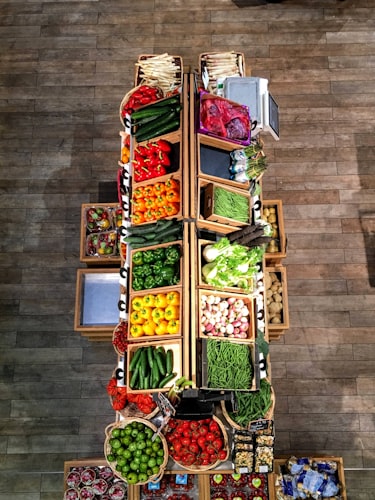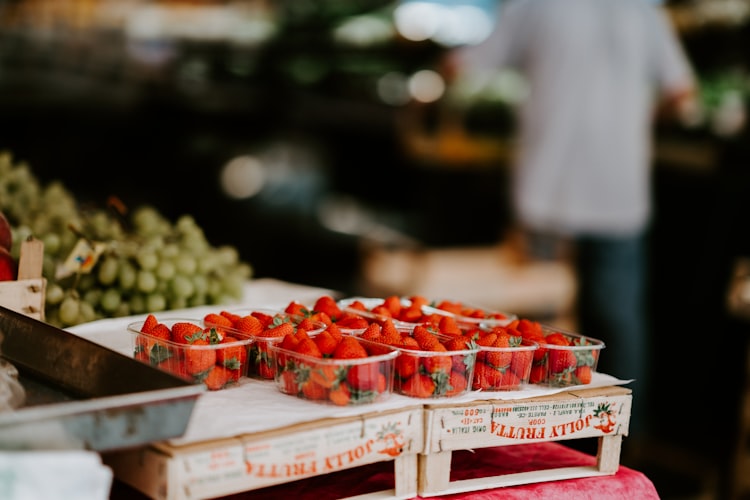The Dirty Dozen – which fruits and vegetables should you buy organic?
Go back 60 years and pretty much all our fruits and vegetables were organic! PreWorld War II, food without pesticides, herbicides, chemical fertilizers, hormones and irradiation was ‘normal’.
What has happened to ‘normal’?

Why is it now ‘normal’ that our food supplies have been treated with pesticides that are known to have serious consequences to our health? Why is it ‘normal’ that our soil has been exploited to the extent that it is depleted of many of the important nutrients and minerals we need for good health? Does it have to be ‘normal’ that small farmers have had to make way for huge industrial manufacturing of our food?
I don’t think I like ‘normal’ very much…
Moving to organic is a small but important step in giving your body what it deserves. It keeps chemicals off your plate and out of your body, it helps the environment and water quality, supports small farmers, saves energy needed to produce all the synthetic fertilizers… not to mention it just tastes better!
For many people though, switching to 100% organic is not feasible in the weekly budget (although in Brussels with affordable markets like the Tanneurs, I don’t think this is much of an issue), therefore understanding which foods are priority can be helpful.
The Environment Working Group in the USA comes up with an annual list of the Dirty Dozen – these are the most contaminated fruits and vegetables. If you are going to make the switch to organic its not a bad idea to start with these:
- Apples (Pears too)
- Peppers
- Celery
- Blueberries
- Grapes
- Nectarines
- Peaches
- Pears
- Potatoes
- Strawberries
- Spinach
- Lettuce
The difference in price of these items is not always that big – why not compare at your local shop? Remember it is also best if they are seasonal and local and this can also reduce the price… so no strawberries in autumn and winter!





